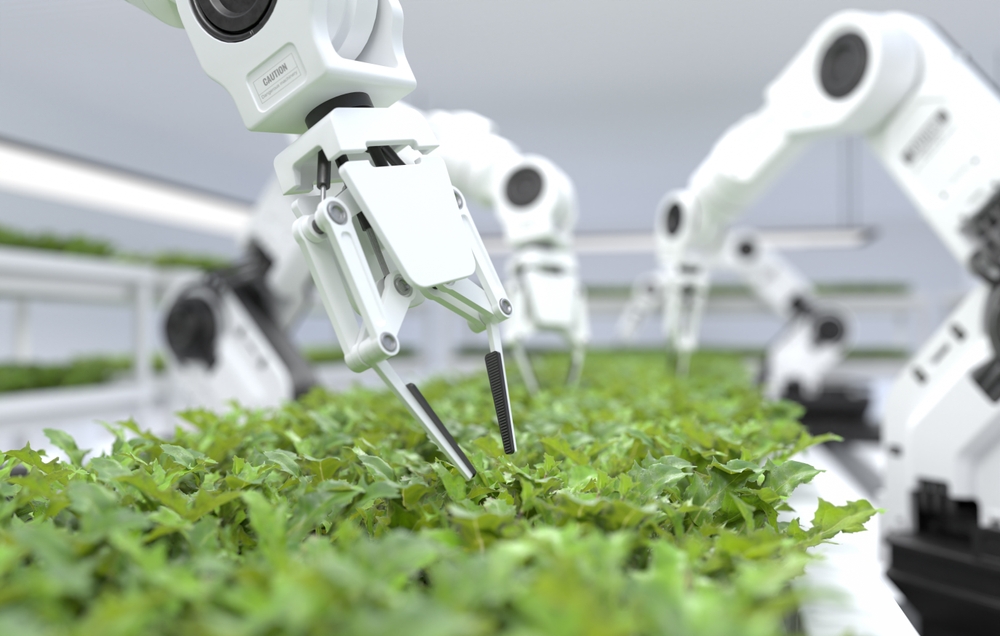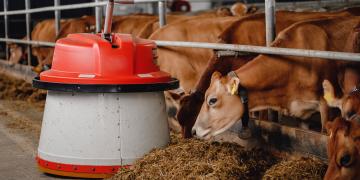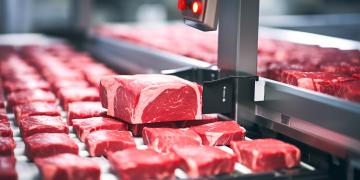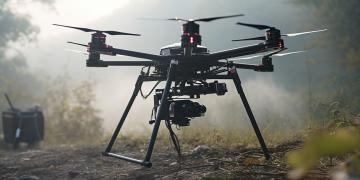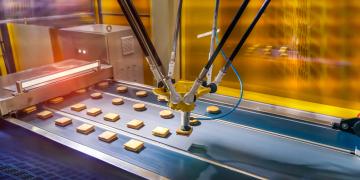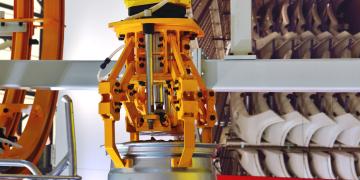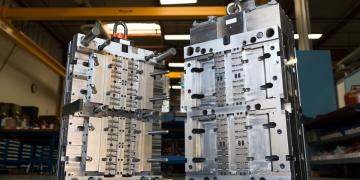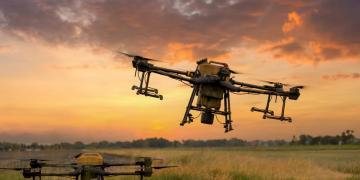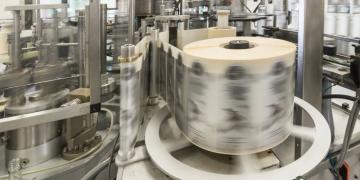Greenhouses play a crucial role in modern agriculture, enabling the cultivation of crops throughout the year, independent of external weather conditions. And with increasing food demand, labor shortages, and the need for sustainable farming practices, the integration of robotics into greenhouse operations is becoming an increasingly attractive solution.
This article explores the main applications suitable for automation within the greenhouse setting. Focusing on specific robotic applications, including planting, seeding, harvesting, and monitoring, we highlight the potential of these technologies to improve productivity, sustainability, and operational efficiency in farming. We examine the advantages and limitations of these applications and highlight the key factors to consider before making such investments.
Main applications suitable for automation
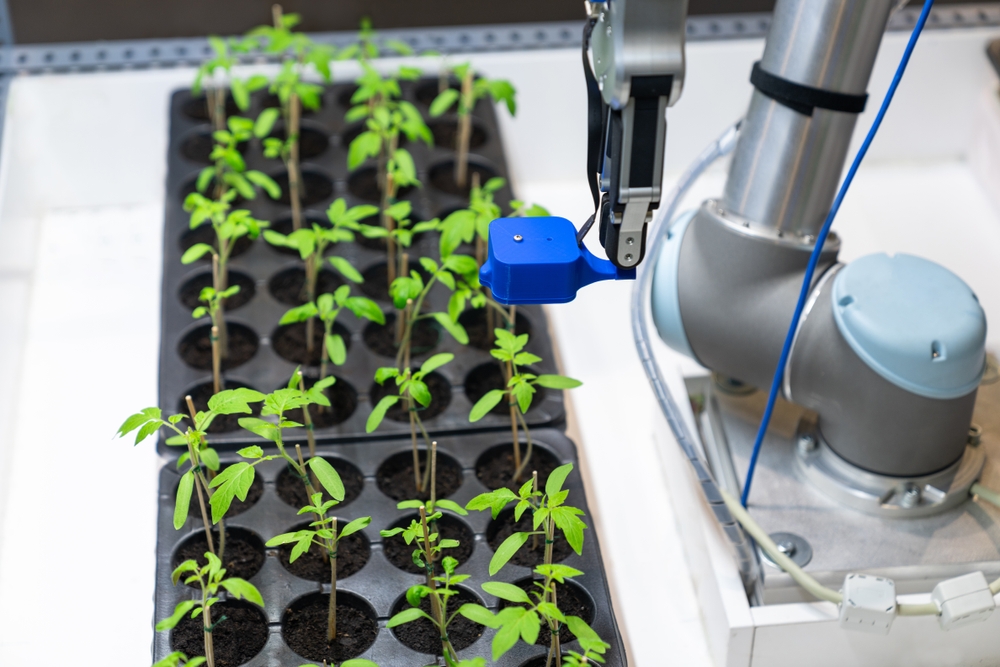
Planting and seeding
Automation in planting and seeding offers precise control over seed placement and density, leading to optimal use of space and resources. This precision helps in maximizing yield and reducing waste, ensuring that each plant has the necessary room and resources to grow efficiently. Automated systems can work continuously, increasing the speed of the planting process and allowing for a quicker turnaround in crop cycles.
The main challenge in automating planting and seeding lies in the initial cost and complexity of integrating these systems into existing operations. Additionally, customization may be necessary to accommodate different types of seeds or planting patterns, adding to the expense and complexity. Leaders that have a clear perspective on their project’s return on investment (ROI) can quickly offset this cost.
The robots typically employed for these tasks include automated seeding machines and precision planters. These machines are designed to handle seeds delicately and place them accurately according to predefined spacing requirements. Articulated robots are a common choice due to these requirements.
Watering and nutrient delivery
Automated watering and nutrient delivery systems ensure that plants receive exactly what they need, when they need it, based on specific growth stages or environmental conditions. This targeted approach reduces the waste of water and nutrients, contributing to more sustainable farming practices. It also allows for the optimization of plant growth and health, potentially leading to higher yields.
Implementing these systems can be complex, as they require detailed programming to adapt to the varying needs of different plants. There's also a risk of mechanical failures, which could lead to under or over-watering, potentially harming the crops.
Drip irrigation control systems and automated fertigation units are common in this area. These systems can be finely tuned to deliver water and nutrients in precise amounts at scheduled times or in response to environmental sensors.
Weed and pest control
Robotics offers a more targeted approach to weed and pest control, minimizing the need for extensive amounts of chemical herbicides and pesticides. This not only reduces the environmental impact but also supports the production of healthier, organic produce. Automated systems can identify and address weeds and pests quickly, preventing them from spreading and causing more damage.
The accuracy of weed and pest identification can vary, and these systems may not be as effective against all types of pests or in all conditions, sometimes requiring human intervention for verification or treatment of more complex cases.
Autonomous ground vehicles (AGVs) equipped with vision systems for identifying and targeting weeds and pests, and UAVs (drones) for aerial surveillance and treatment applications are used in this context.
Harvesting
Automated harvesting systems can significantly reduce labor costs and time taken to harvest crops. They can be programmed for selective harvesting, ensuring that only ripe produce is picked, which can improve the quality and reduce waste.
The main limitation is the technology's ability to handle different types of produce, especially those that are delicate or irregularly shaped. Developing and implementing robots that can gently and effectively harvest such produce can be complex.
Robotic arms equipped with vision systems to identify ripe produce and specialized harvesters designed for specific crops are employed for harvesting tasks.
Monitoring and data collection
Continuous monitoring of environmental conditions and plant health allows for the early detection of issues, enabling timely interventions. The data collected can be used to optimize growing conditions and improve crop yields.
Managing and analyzing the vast amounts of data collected can be significant and requires dedicated software. Additionally, the accuracy of these systems depends on the quality and calibration of sensors.
Most modern robots support some level of monitoring and data collection. Sensor networks for monitoring various environmental parameters, drones for aerial imaging of crop health, and autonomous rovers for ground-based data collection are among the technologies used for these purposes.
Major considerations before investing in robotics
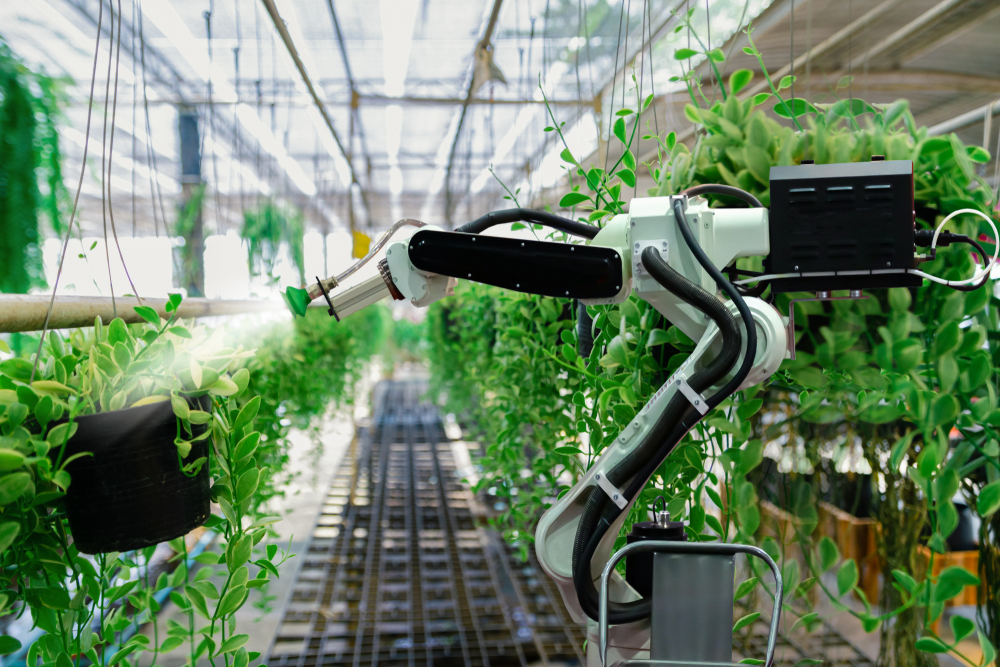
Agricultural leaders should consider a few factors before diving into automating their greenhouse operations.
Assessment of needs
Before investing, it is crucial to assess the specific needs of your operation. Determine which tasks could benefit most from automation and consider the scale of your operation to ensure that the investment is justified.
Cost vs. benefit analysis
The initial setup cost for robotic systems can be significant. Conduct a thorough cost-benefit analysis to evaluate the long-term savings in labor and improvements in yield and quality against the upfront and ongoing costs of the technology.
Integration with existing systems
Consider how new robotic systems will integrate with your existing greenhouse infrastructure. Compatibility with current systems and processes is vital for a smooth transition and to maximize the efficiency of the automation.
Scalability
Look for solutions that can scale with your business. As your operation grows, your robotic systems should be able to adapt, either through modular additions or by scaling up the technology. For example, if you are planning on expanding operations soon, will your proposed system be able to keep up?
Technical support and maintenance
Robotic systems require ongoing maintenance and occasional troubleshooting. Ensure that you have access to reliable technical support from your provider or a 3rd party and consider the availability of spare parts and maintenance services.
Training and workforce transition
Implementing robotics will change the nature of work in your greenhouse. Plan for the training needs of your staff to operate and maintain new systems and manage the transition for workers whose roles may be affected by automation.
Regulatory compliance
Stay informed about any regulations or standards that apply to the use of robotics in agriculture in your region. Ensure that any systems you implement are compliant with these requirements.
Market size
The market for robotics in agriculture, particularly in greenhouse applications, is on a trajectory of rapid growth. The agricultural robotics market is expected to be worth $94.22 billion globally by 2030, expanding at a compound annual growth rate (CAGR) of 34%. This growth is fueled by the need for increased efficiency, productivity, and sustainability in farming practices amid global challenges such as labor shortages and the increasing demand for food among a growing population.
What’s next?
You may be ready to take the next step towards including robots in your greenhouse operations, but where do you start?
The HowToRobot platform connects buyers of automation with a variety of suppliers in a streamlined, easy-to-use environment.
Post your project on HowToRobot today for free, and begin receiving offers from vetted, relevant automation vendors from our supplier network.

